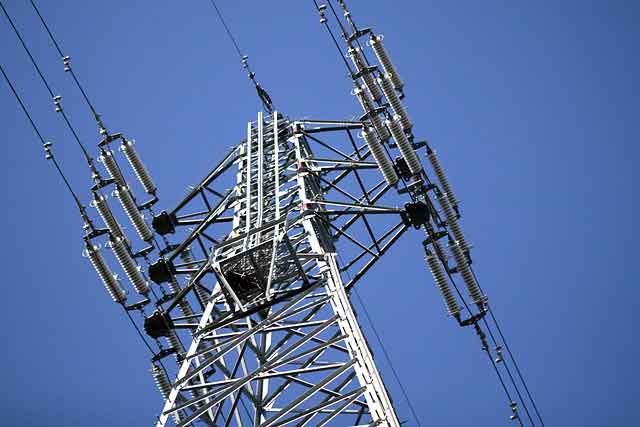Recycling fishing nets to make power
An upcoming ocean garbage expedition to the patch, dubbed Project Kaisei, should draw even more attention when it launches this summer. Project Kaisei's aim is to explore the feasibility of collecting and recycling the garbage patch, which mainly consists of plastics, into diesel fuel.
How feasible is it? A modest derelict fishing net recycling program in Hawaii provides some tantalizing clues.
Roger Mari of KHNL-Hawaii has been reporting on The Honolulu Derelict Net Recycling Program, in which abandoned fishing nets are brought into port, chopped into pieces, crushed, sorted, and recycled as fuel at HPower, a waste-to-electricity plant. The plant provides electricity to 40,000 homes, and it's estimated that the recycled nets account for about 280 of them.
The first thing Mari points out is the key role played by volunteers. The Hawaiian fishing industry has a longstanding policy of voluntarily collecting derelict nets. In partnership with the fishing industry and other volunteer stakeholders, NOAA used this foundation to start the Net Recycling Program as a more environmentally sound alternative to the past practice of dumping the recovered nets into Hawaii's stressed landfills.
So far about 660 tons of nets have been sent to HPower since 2006, including nets that were dropped off directly for recycling and not recovered from the ocean. Even including the non-derelict nets, that's a drop in the bucket compared to the estimated 4 million tons of debris in the Great Pacific Garbage Patch. The takeaway: volunteers can kick-start a great program, and Project Kaisei is relying on sponsorships and donations to get in gear.
But the clock is ticking, and it will take more than volunteers to collect 4 million tons of garbage before it disintegrates and becomes harder to recover.
Project Kaisei will be taking a look at converting The Great Pacific Garbage Patch into diesel fuel, and this is where The Honolulu Derelict Net Recycling Program also offers some insights. Again relying on the kindness of strangers, the net recycling program works because a metal recycling company, Schnitzer Steel, volunteered to service a net collection bin, retrieve the nets, cut them into one-foot lengths at its nearby facility, and take them to HPower.
Cutting the nets into a manageable size is just one step in the recycling process. At the HPower plant, the nets are bulldozed to the required thinness, then exposed to a magnet before being burned. That's a lot of processing just for one type of waste, the nets.
Multiply that by the different kinds of plastic waste in the Great Pacific Garbage Patch, and that's a challenge likely beyond the reach of a volunteer recycler.
The Derelict Net Recycling Program works on a volunteer basis because it addresses key local issues: the high cost of conventional fuel, the squeeze on landfill space, and the survival of a major local employer, the fishing industry. These are powerful forces that pull diverse stakeholders together and keep them engaged for the long run, but it still wouldn't have been enough without an element of chance: it just so happened that a local recycling company with a conscience was situated nearby.
Like the Derelict Net Recycling Program, Project Kaisei is a good beginning, but it will take a strategy far greater in scope to make a dent in the Great Ocean Garbage Patch. One promising avenue is suggested by Project Kaisei's plan to deploy robotic surface explorers and unmanned drones, similar to those used to measure ice sheets. Robot technology offers some interesting solutions to thorny logistical problems like those involved in recovering derelict nets and other ocean garbage, so this could be the beginning of a beautiful friendship.
Related News

Federal net-zero electricity regulations will permit some natural gas power generation
OTTAWA - After facing pushback from Alberta and Saskatchewan, Canada's draft net-zero electricity regulations — released today — will permit some natural gas power generation.
Environment Minister Steven Guilbeault released Ottawa's proposed Clean Electricity Regulations on Thursday.
Provinces and territories will have a minimum 75-day window to comment on the draft regulations. The final rules are intended to pave the way to a net-zero power grid in Canada by 2035.
Calling the regulations "technology neutral," Guilbeault said the federal government believes there's enough flexibility to accommodate the different energy needs of Canada's diverse provinces and territories.
"What we're talking about…




